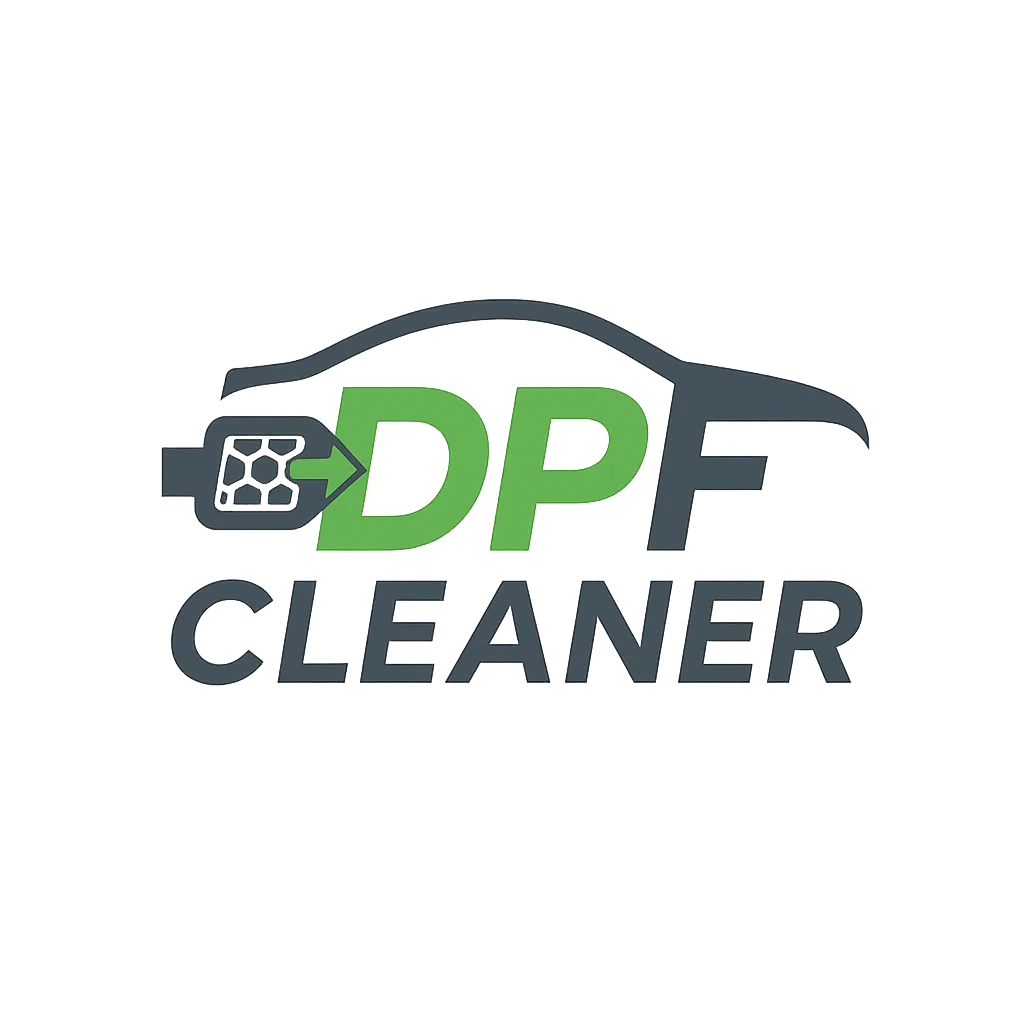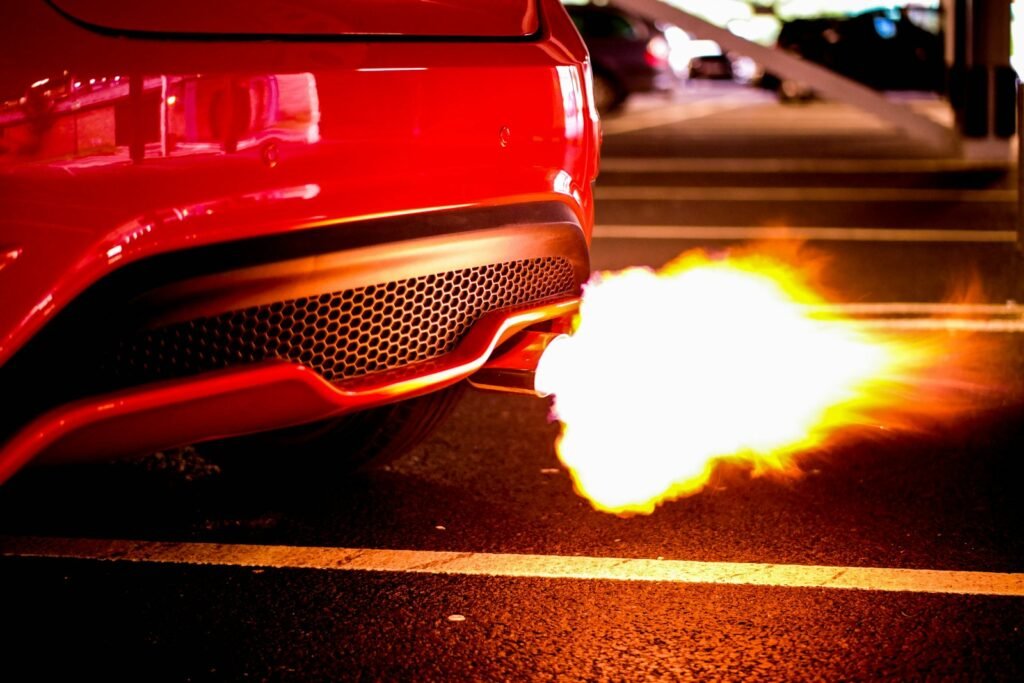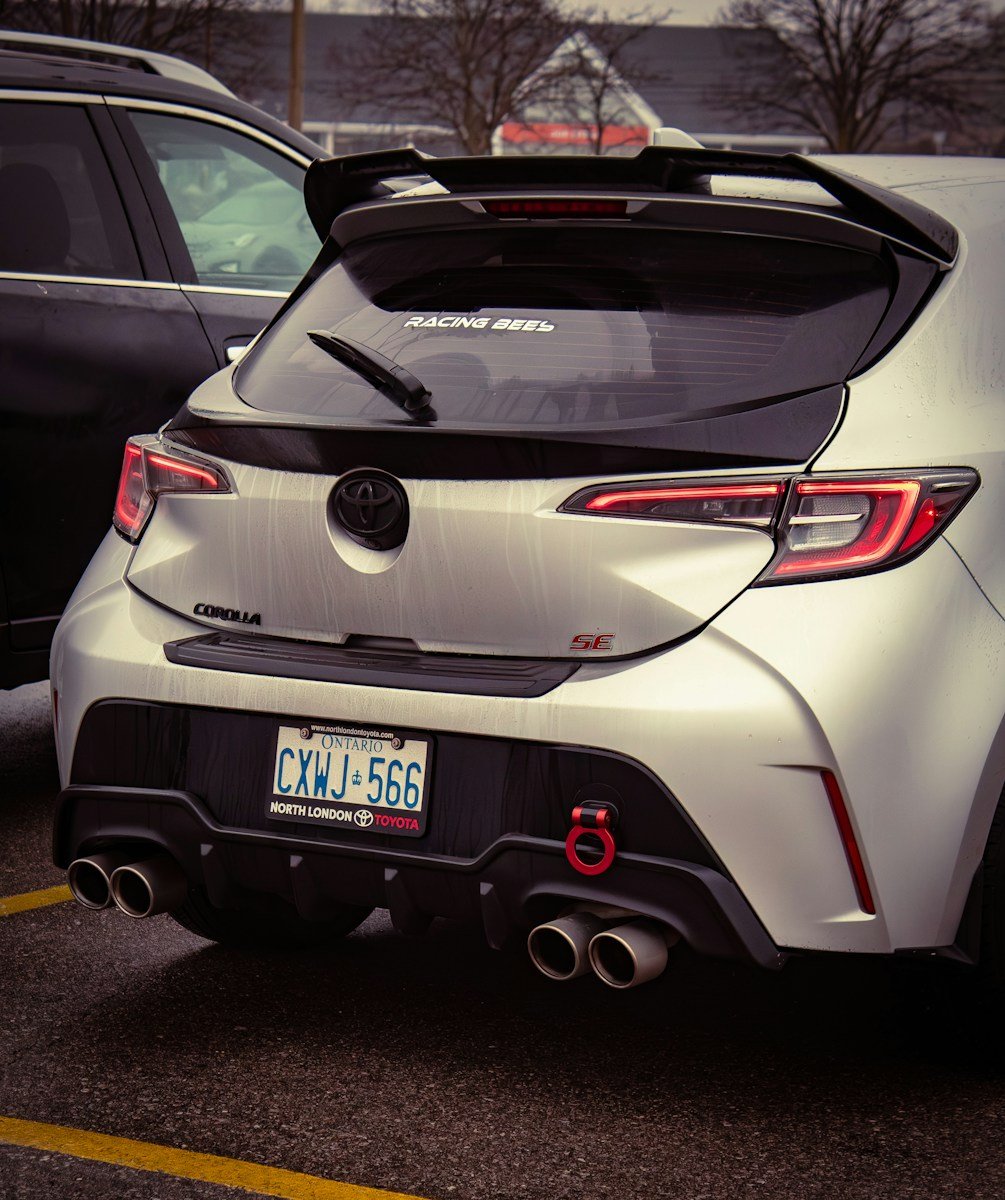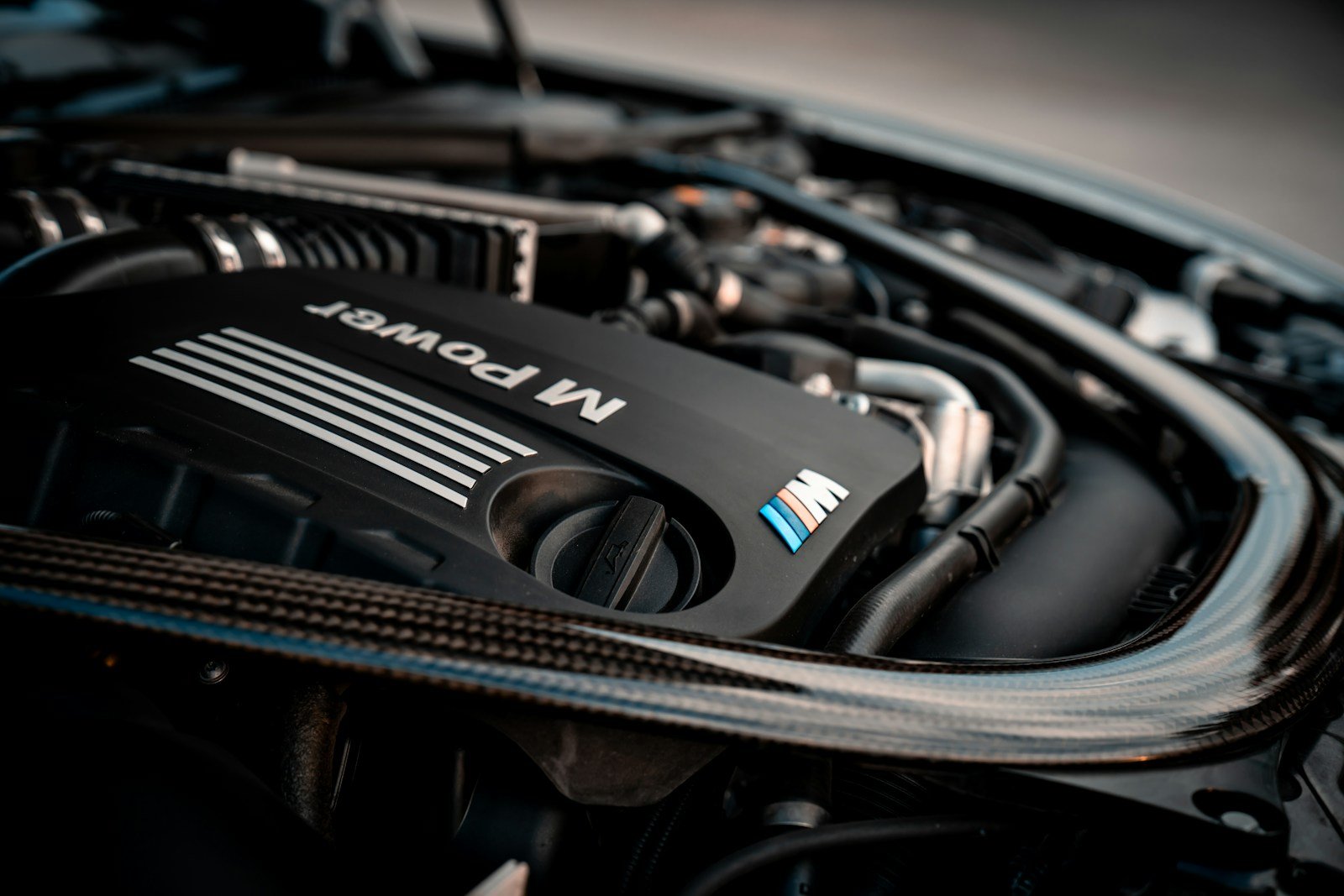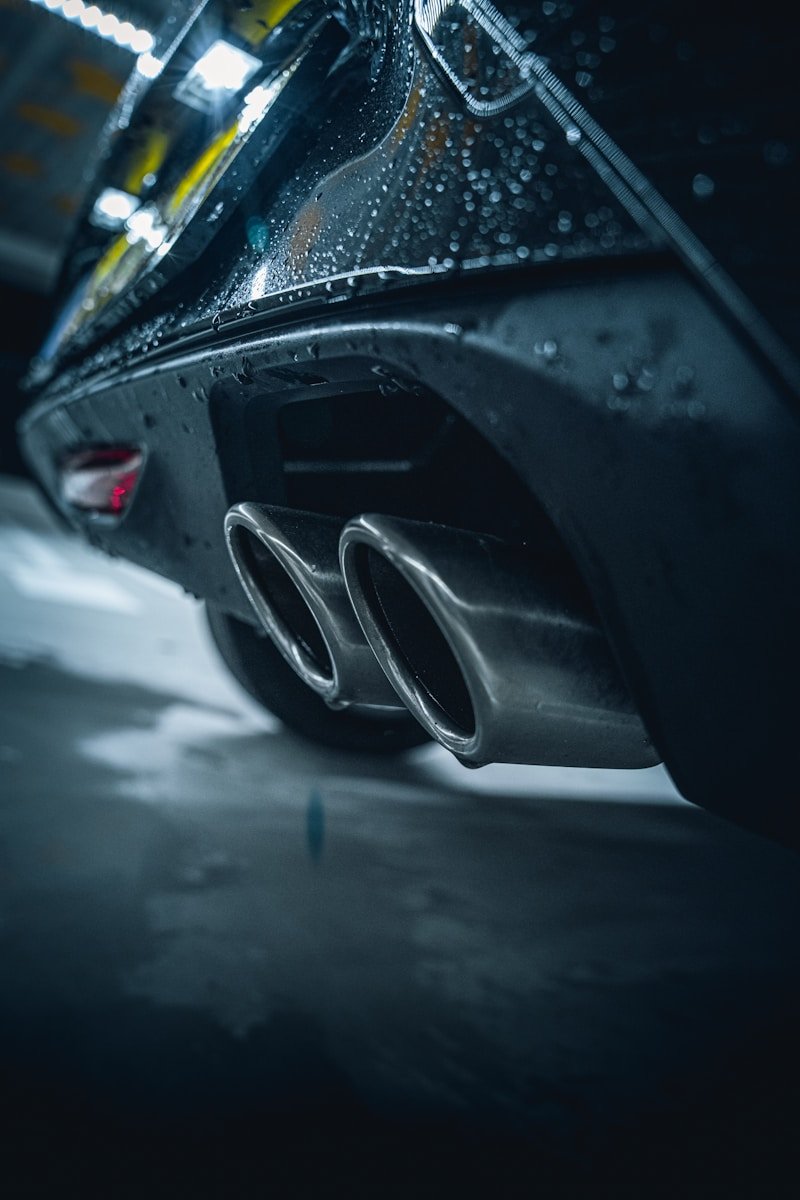Had your diesel particulate filter cleaned but the warning light’s back again? Here’s what’s really causing the problem and how to stop it for good.
1. The Clean Worked — But the Cause Didn’t Get Fixed
When a DPF blocks soon after cleaning, the issue usually isn’t the clean itself. It’s an underlying engine or sensor fault that’s filling it with soot again. A professional clean restores flow, but if the engine keeps producing excess soot, the problem repeats fast.
Common hidden causes include:
- Faulty EGR valve stuck open, recirculating too much exhaust gas.
- Leaking injectors creating a rich mixture and incomplete combustion.
- Failing glow plugs or pressure sensors sending wrong regen data.
- Turbo oil contamination from worn seals.
Before refitting your DPF, our team always run diagnostic checks to make sure faults like these are corrected. Learn more about this process in our engine fault and DPF re-blocking guide.
2. Driving Style Can Undo a Clean Fast
Your driving pattern plays a major role in DPF health. Short trips and stop-start traffic mean exhaust gases never get hot enough to burn soot naturally. Even a freshly cleaned filter will block quickly if the car rarely reaches motorway temperature.
To keep your DPF clear after a clean:
- Take a 20-minute motorway run weekly at steady speed.
- Avoid idling or repeated short errands while the engine is cold.
- Use good-quality diesel to reduce particulate buildup.
See our regeneration myths and truths guide for more tips on how to drive to support passive and active regens.
3. Sensor or ECU Errors Stop Regeneration
Even if your DPF was cleaned perfectly, the ECU relies on sensors to trigger regens. A damaged temperature or pressure sensor can stop the cycle entirely, causing rapid soot accumulation. If your car isn’t entering regeneration mode after a clean, diagnostics should confirm sensor readings and software values.
At our Hanley garage, every on-car clean includes a live data check and post-clean reset to clear fault codes properly.
4. Engine Oil, Fuel or Additive Problems
Contaminated oil or incorrect fuel can send extra particulates straight into the DPF. Over-filled engine oil can also increase ash load and cause higher back-pressure. We often see this in cars serviced outside manufacturer spec or using cheap additives.
If you suspect oil contamination or poor fuel quality, an off-car DPF refurbishment is the best option. The filter is removed, chemically flushed, dried and flow-tested to confirm it’s fully clean.
5. Is the DPF Beyond Its Service Life?
Even with correct maintenance, filters don’t last forever. Every DPF collects ash over time — the non-combustible material that no cleaning can remove completely. Once that ash load reaches the limit, flow will never return to normal and a replacement becomes the only solution.
Typical lifespan is around 100,000–150,000 miles depending on vehicle type. Read more about when to clean or replace your filter in our DPF lifespan and cost guide.
6. Choose the Right Type of DPF Clean
If your DPF has re-blocked quickly, it’s worth checking what method was used. On-car forced regens are great for partial soot loads, but heavy blockage often needs a full off-car clean for lasting results. We offer both options:
Each clean is followed by a before-and-after flow test so you can see the improvement clearly.
FAQs
Why does my DPF light come back on so quickly?
Usually because the root cause wasn’t fixed — often EGR, injectors or sensors causing excess soot. The DPF itself is fine; it’s what’s feeding it that needs attention.
Can I keep driving if the DPF blocks again?
No. Continued driving in limp mode increases fuel dilution, turbo stress and exhaust temps. Get the issue diagnosed as soon as the light returns.
Should I use additives to prevent re-blocking?
They help only if the system is already healthy. Additives can’t fix underlying faults, and some worsen sensor contamination. Proper cleaning and diagnosis are more reliable.
Book a Proven DPF Clean
If your filter keeps clogging, bring it to our Stoke-on-Trent garage for a full on-car clean and diagnostic check. Or, use our postal cleaning service for UK-wide support. All cleans include flow testing and results so you know it’s fixed.
